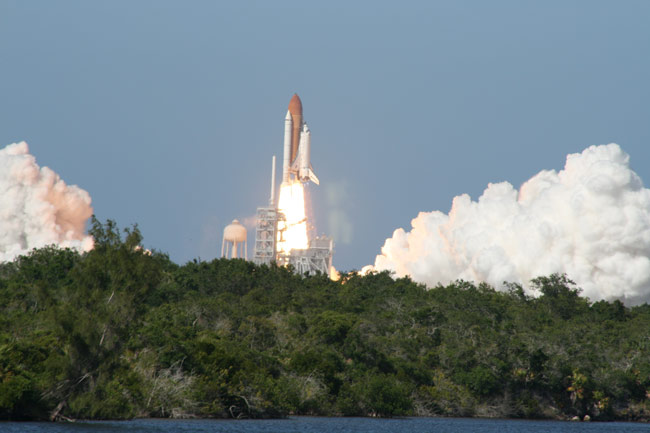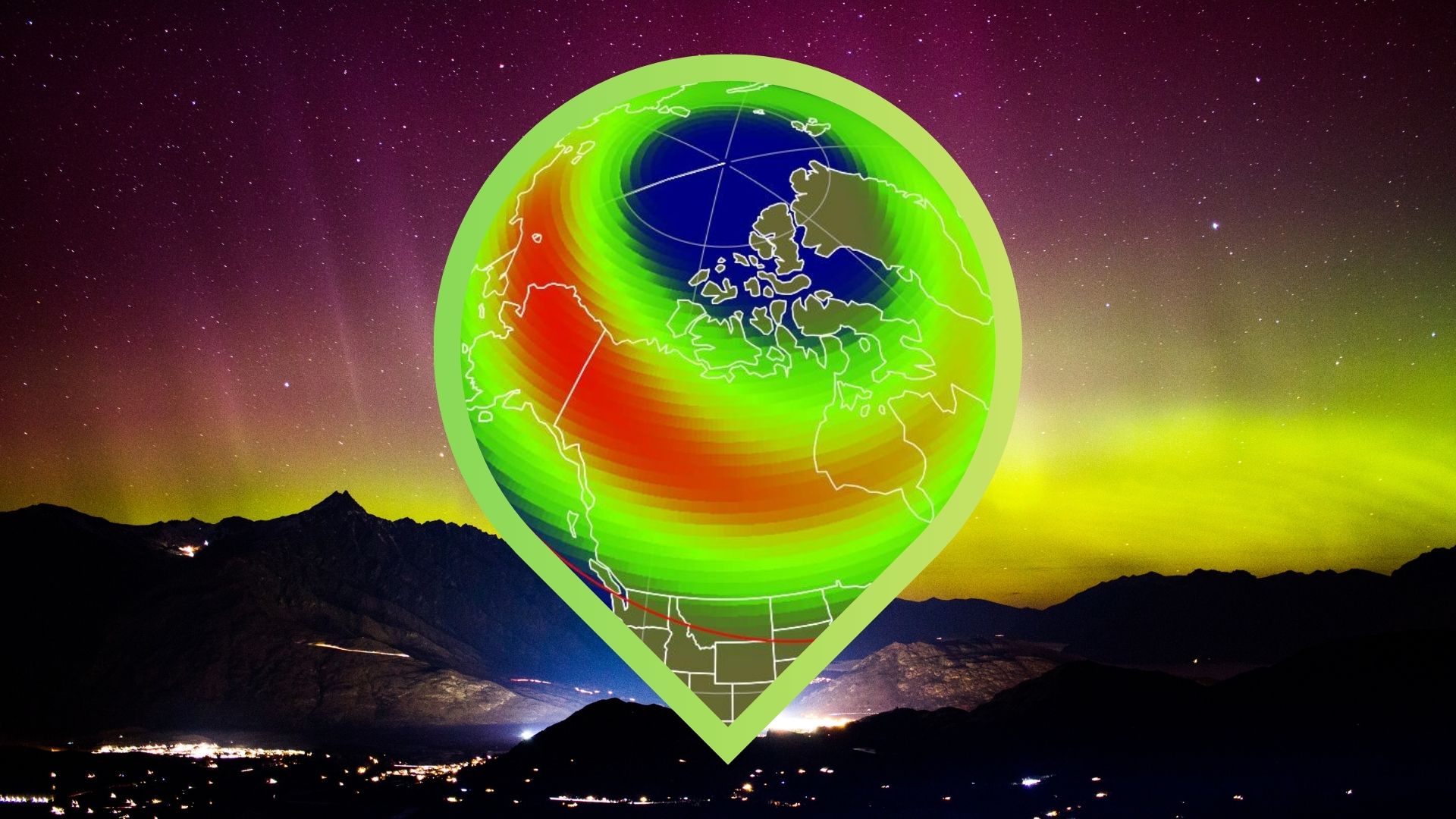Japan's 'Hope' Rides Toward Space Station

CAPE CANAVERAL, Fla. - The space shuttle Discovery?s successful Saturdaylaunch marked a milestone for Japan, whose largest contribution to theInternational Space Station (ISS) has finally reached space.
The Japanese people are now eagerly awaiting the installation of theirmassive Kibo laboratory (whose name means ?Hope" in Japanese), which was more than 20 years in the making,at the space station next week.
?This is very significant for Japan because ? now we have ourexperiment module up at the station,? said Keiji Tachikawa, president ofthe Japan Aerospace Exploration Agency, here at NASA?s Kennedy Space Center(KSC) after the successful launch. ?That means it is the first time for Japanto have [a] manned facility in space.?
The spaceshuttle lifted off at 5:02 p.m. EDT (2102 GMT) today from a seaside launchpad here, beginning a planned 14-day mission to the space station to deliverKibo module along with an eagerly-awaited replacement pump for the orbitinglab?s brokentoilet.
The launch is significant not just for Japan, but for the internationalspaceflight community, NASA officials said.
?This was a huge day for the ISS partnership, for the Japanese SpaceAgency, for NASA, and really for all the people who hope to see the ISS come tofruition and do what it was designed to do,? said NASA chief Michael Griffin.
Discovery?s liftoff was also notably smooth, mission managers said.
Breaking space news, the latest updates on rocket launches, skywatching events and more!
?It was just a flawless countdown, and a flawless launch,? said LeRoyCain, chair for Discovery?s STS-124mission management team.
About five pieces of foam debris were spotted falling from the shuttle?sexternal tank, but NASA officials were confident they would not pose a risk tothe orbiter?s heat shield.
?They were late in the ascent, so they can?t build up enough velocity toimpact the orbiter,? said Bill Gerstenmaier, NASA?s space operations chief.?They appear to be lightweight based on what we?ve seen.?
Today?s flight was the first to use an external tank built from theground up with all the redesigns planned after the 2003 Columbia tragedy, whenthat shuttle was destroyed because of damage to its heat shielding incurredfrom falling debris from its external tank.
Tomorrow, Discovery?s crew will make a preliminary inspection of theirorbiter?s heat shield, though a full checkout will have to wait until theseventh day of their mission on June 6.
Because the tour bus-sized Kibo lab is so large, Discovery launched withits usual inspection boom for heat shield surveys. Spacewalking astronauts areslated to retrieve a spare inspection boom stored outside the space station forDiscovery on Tuesday.
There also appeared to be a minor glitch with the backup electricalsystem for a swivel joint in one of Discovery?s two aft-mounted OrbitalManeuvering System engines during liftoff, but officials said it should notpose problem since the primary sytem is still working fine.
Watching the launch from KSC was a reunion of 16 of the surviving ?35New Guys? (TFNG) - the first class of astronauts picked for the space shuttle program.This year marks the 30th anniversary of their appointment as astronauts in1978, after the Apollo program ended. This group included the first femaleastronauts, and also the first black astronaut - Guion Bluford. Four of theTFNG perished in the Challenger disaster.
Also viewing the launch was five-time spaceflyer, U.S. astronaut JaniceVoss.
?I?m extremely pleased that this crew is going to get their chance toexperience the space environment,? Voss told SPACE.com today. ?I?mreally excited about the Japanese pressurized module going up, and the fullintegration of our last major international partner who hasn?t previously beenfully integrated. This will be a huge step up for them, which is nice to see.?
NASA is broadcasting Discovery's STS-124 mission live onNASA TV. Click here forSPACE.com's shuttle mission updates and a live NASA TV feed.
- New Video: STS-124 Mission Preview ? Delivering Kibo
- Video: STS-123 Mission Rewind: Launch to Kibo Attic Delivery
- Complete Space Shuttle Mission Coverage

Clara Moskowitz is a science and space writer who joined the Space.com team in 2008 and served as Assistant Managing Editor from 2011 to 2013. Clara has a bachelor's degree in astronomy and physics from Wesleyan University, and a graduate certificate in science writing from the University of California, Santa Cruz. She covers everything from astronomy to human spaceflight and once aced a NASTAR suborbital spaceflight training program for space missions. Clara is currently Associate Editor of Scientific American. To see her latest project is, follow Clara on Twitter.
